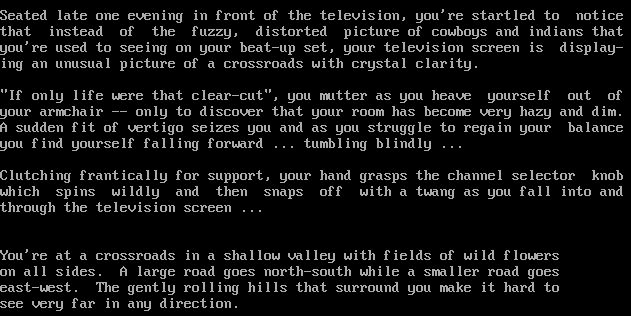In David Craddock’s book Dungeon Hacks: How NetHack, Angband, and Other Roguelikes Changed the Course of Video Games he uses the term “convergent evolution” to describe a phenomenon where multiple independent people (or groups) invent the same gameplay genre independently. In the case of roguelikes, Beneath Apple Manor (1978), Rogue (1980), and Sword of Fargoal (1982) all had some uncanny similarities that we now sort under “roguelike” but the creators weren’t aware of each other’s work. (In the case of Beneath Apple Manor, sales were low and the game remained obscure. Rogue was still restricted to a university mainframe while Sword of Fargoal was being developed.)
More recently, the games Scoundrel (2011) and Donsol (2015) both used the idea of a deck of cards as the basis of a dungeon crawl, and ended up so eerily similar they seem like clones. However, Scoundrel never had a digital edition, and the designer of Donsol (Devine Lu Linvega) had never heard of it until after Donsol came out. (More details on this story from The Clone That Wasn’t.)
All this means is that when Peter Langston designed the Wander system starting in 1974 (or possibly as early as 1973) the fact it is similar to Crowther’s Adventure is not without precedent. It indicates, instead, that perhaps there was something natural and inevitable about the act of moving a character around a world with verb-noun commands.

In any case, after the opening above there’s very little direction and no treasures to find. (I recall something about rescuing a princess, but that’s only from an external source.)
However, there are puzzles. There’s a locked door, a river which is raging too fast for a boat, a wire fence, a bridge with a weight limit (dropping everything doesn’t make you light enough), and a well that needs a rope.
The parser doesn’t feel as solid as Crowther’s. For example, at the bridge there’s a sign where you can “read sign”
The sign says,
DANGER!
CONDEMNED BRIDGE
Load limit : 18 qwerts (max)
cross at your own risk
You’re also holding a guide to playing, but if you are in the room with the sign:
READ GUIDE
The sign says,DANGER!
CONDEMNED BRIDGE
Load limit : 18 qwerts (max)
cross at your own risk
That is, the verb is caught in a location-dependent way, and if the verb is usable in the location the parser gives it top priority and ignores the noun.
There’s a hunger timer, unfortunately, and it is possible to die of starvation. Upon death, rather than exiting the program, the game just displays this message over and over in response to any further input:
You have starved!
You Are Dead.
The general feeling is something similar to but slightly alien from Crowther’s world. I should point out this particular version was a later revision (1977-78 is the estimate) because the original ’74 source is lost, and hence it does have awareness of Adventure:
XYZZY
Nice try, but that’s an old, worn-out magic word.
In any case, despite the small size of the area so far I haven’t made any real progress. I do wonder if I’m missing something, because it doesn’t seem like there’s a lot of possibilities to hack at. I’m particularly suspicious of the boat, which I might be able to move further on land with just the right verb. I’ll report back when I have something actually solved.

Pingback: Atlantean Odyssey (1979) | Renga in Blue
Pingback: Wander: The Surviving Games – Comparative Creation